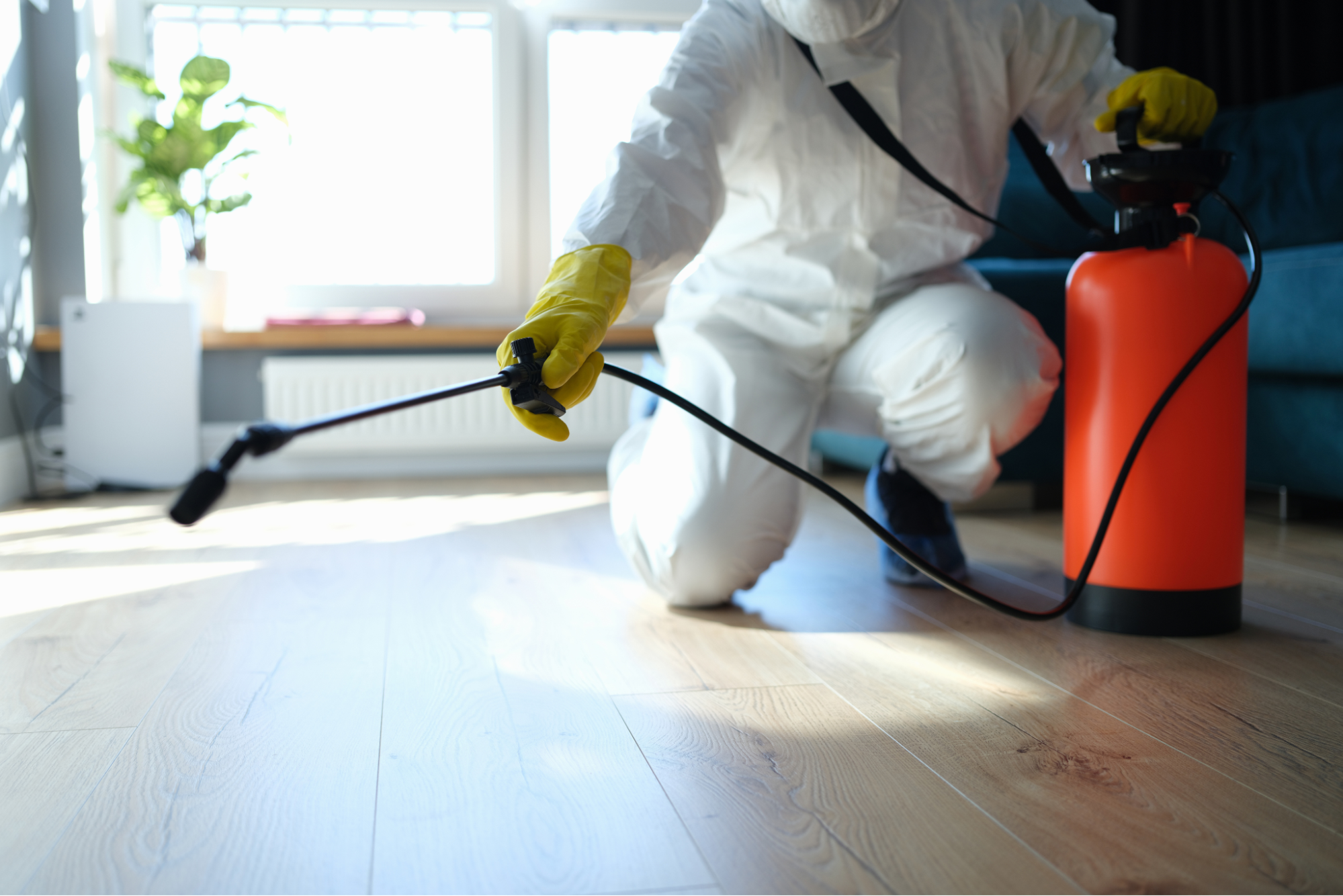A1 Bed Bug Exterminator Charlotte - Reliable and Inexpensive Services
Wiki Article
Bed Bug Treatment Break Down: Comparing Chemical Vs. Non-Chemical Solutions
In the realm of parasite control, specifically when dealing with the persistent concern of bed insects, the selection in between chemical and non-chemical therapy solutions can be a crucial one. Both techniques supply unique benefits and downsides, affecting variables such as efficiency, safety considerations, and overall cost. By checking out the nuanced information of each technique, a clearer understanding of which course to go after in addressing a bed pest problem can be attained.Performance of Chemical Treatments
Chemical therapies for bed bug problems have actually been widely acknowledged for their potent and fast efficacy in getting rid of these pests. When taking into consideration the effectiveness of chemical therapies, it is important to understand that they can offer a extensive and quick remedy to a bed pest trouble.In addition, chemical therapies have the benefit of using recurring impacts, meaning that they can remain to eliminate bed pests also after the first application. This recurring action is especially beneficial in combating any type of potential re-infestations. Furthermore, the fast action of chemical treatments can bring relief to individuals facing severe bed bug problems, permitting them to regain control of their home rapidly.
Safety And Security Interest In Chemical Solutions
One critical aspect that requires cautious consideration when utilizing chemical services for bed bug therapy is making sure the security of owners and the setting. Direct exposure to particular chemicals made use of in bed pest therapies can lead to respiratory system problems, skin irritation, or various other damaging reactions, specifically in individuals with pre-existing conditions or level of sensitivities.Additionally, the ecological impact of chemical remedies is another substantial consideration. Some pesticides made use of in bed bug treatments might be dangerous to helpful pests, wild animals, and ecological communities if they seep into the soil or water systems. It is important to utilize chemical therapies judiciously, complying with safety and security standards, and thinking about much less poisonous options to alleviate these threats and guarantee the risk-free and effective administration of bed bug invasions.
Benefits of Non-Chemical Techniques
Taking into consideration the potential safety issues and ecological influence related to chemical solutions for bed insect therapy, checking out non-chemical methods presents an appealing choice with a number of unique benefits. Non-chemical approaches use a safer alternative for households, particularly those with youngsters, animals, or people conscious rough chemicals. These techniques eliminate the risks of direct exposure to toxic compounds, minimizing the capacity for unfavorable health results. Furthermore, non-chemical therapies are eco pleasant, as they do not add to air or water contamination, making them a sustainable choice for pest control.Furthermore, non-chemical options can be effective in targeting bed insects, consisting of hard-to-reach locations where chemical treatments might not pass through - A1 pest control charlotte nc bed bugs. Approaches such as warm therapy, vacuuming, vapor cleaning, and mattress encasements signs of termites supply extensive obliteration without the usage of hazardous chemicals.
Limitations of Non-Chemical Treatments

In addition, non-chemical therapies typically need numerous applications to achieve successful obliteration. This can be time-consuming and may not constantly assure complete elimination of all bed insects and their eggs, specifically in hard-to-reach or hidden areas.
Furthermore, the success view it now of non-chemical treatments greatly depends on appropriate implementation and thoroughness, which can be challenging for individuals without professional know-how. Inadequate application of non-chemical techniques might lead to insufficient elimination, resulting in consistent problems and the demand for additional treatments.
As a result, while non-chemical therapies have their advantages, it is essential to recognize these constraints and consider them when figuring out one of the most effective technique for managing bed bug invasions.
Cost Contrast: Chemical Vs. Non-Chemical Options
Offered the restrictions associated with non-chemical therapies, a necessary facet to examine in the context of bed bug Recommended Reading management is the expense contrast in between chemical and non-chemical alternatives. In contrast, non-chemical therapies like heat therapy or heavy steam can be a lot more expensive, with costs varying from $1,000 to $6,000 for an entire home. While the preliminary price of chemical treatments might appear reduced, several therapies may be needed to completely get rid of the invasion, potentially enhancing the general expense.Verdict

Thinking about the possible security concerns and ecological influence linked with chemical remedies for bed bug therapy, checking out non-chemical techniques offers an encouraging alternative with numerous unique benefits.Provided the restrictions associated with non-chemical treatments, a vital facet to review in the context of bed pest management is the price comparison in between chemical and non-chemical choices. In comparison, non-chemical therapies like warm therapy or vapor can be more expensive, with expenses ranging from $1,000 to $6,000 for an entire home. While the first cost of chemical therapies may seem lower, multiple therapies may be required to completely get rid of the problem, potentially increasing the overall expense.In final thought, when comparing chemical and non-chemical bed insect therapy alternatives, it is important to think about efficiency, security, benefits, limitations, and price.
Report this wiki page